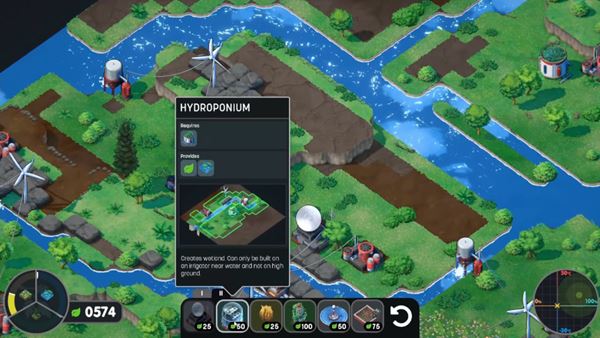

They don’t show up immediately, either the first time you notice animals grazing or moving around the map, you’ll probably be surprised. The game’s empty skies are filled with birds and deer populate meadows. After you diversify large areas, animals start showing up. Terra Nil starts looking its best here, and it’s because of the player’s actions. Areas around rivers can become wetlands, plains can become home to bees and beautiful wildflowers. With some extra buildings, players can take the land that they’ve already reclaimed and turn it into something else. Nature can’t just be one thing it needs balance. The second is less about building and more about diversifying.
#How to play terra nil on netflix how to
However, it’s easy to get distracted with building and not plan out how to eventually deconstruct everything, something that comes into play during the game’s third phase. Of course, some buildings sprout more greenery, giving you more to build with. You start with a set amount and spend some to build buildings. Your main resource is, essentially, greenery. Image used with permission by copyright holder

While this process is pretty and you’ll want to just make the entire map green, it’s important to keep in mind that this is still a management game. Additional buildings let you fill dried rivers with fresh water, perfect for fish to call home again. The first has you place down buildings that detoxify the land and water it so grass can grow and trees can spring to life. To that end, each game is split into three phases. Your main job is to fill this wasteland with nature and then leave without a trace, the only thing left behind being a verdant field of life. It’s gray, full of dead trees, rocks, and dried-up riverbeds. Rather than starting with a lush area full of nature and life, each procedurally generated map in Terra Nil is a complete wasteland.


 0 kommentar(er)
0 kommentar(er)
